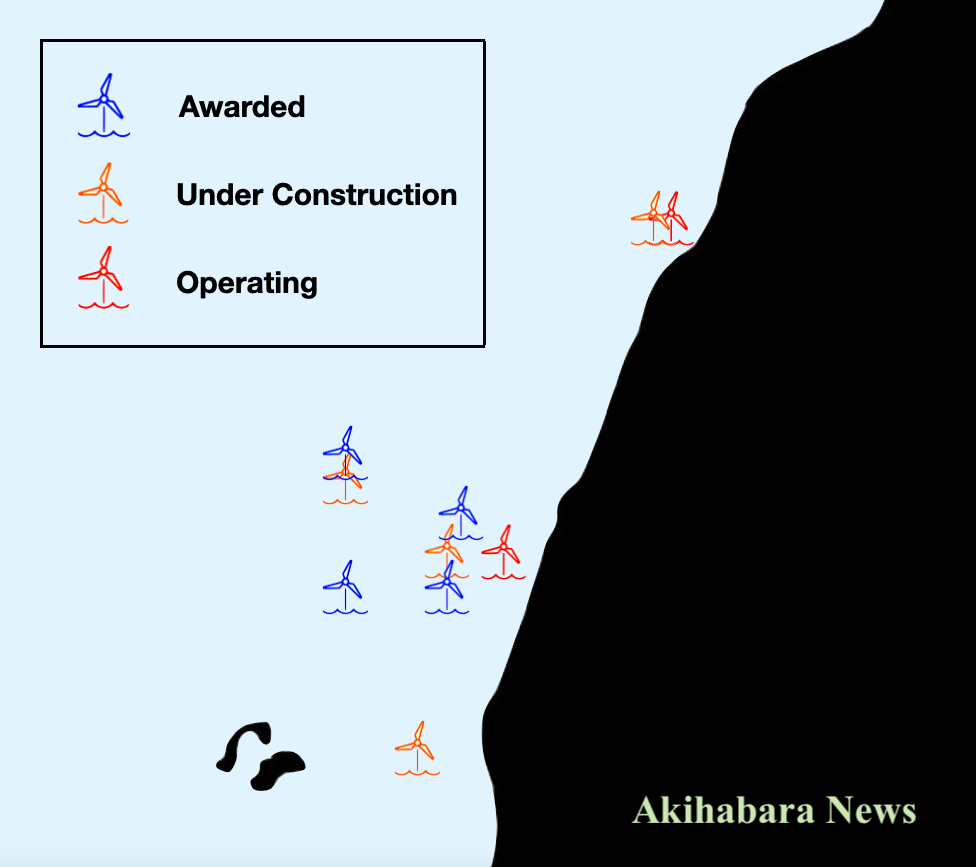Akihabara News (Tokyo) — Fusion energy is potentially a reusable, unlimited, clean energy source. It’s how the sun makes energy. There’s been some progress in developing fusion technologies, but the timeline still stretches out for decades. Nevertheless, Japanese startups are part of the fusion energy race.
Kyoto Fusioneering, a startup which was born out of Kyoto University, announced that it will have a testing facility for fusion power plant equipment by 2024. It aims to have a fusion power plant up and running within the next five years. The firm has already raised over ¥1.3 billion (US$10 million) towards its goals.
If all goes according to plan, Kyoto Fusioneering’s power plant will have the ability to actually generate power. However, its energy production is expected to be quite modest–the company believes it will be several dozen kilowatts, or about the energy needed to light up a single incandescent light bulb.
Another Japanese startup that has been in the news lately is EX-Fusion, which aims to commercialize laser-based fusion energy. In April it closed pre-seed round funding, gathering about ¥130 million (US$1 million). EX-Fusion initially hopes to generate neutrons in sequential laser fusion reactions.
On the global stage, numerous other fusion energy projects are also underway, but they seem to be quite far from their ultimate goals.
At the the Joint European Torus (JET) facility in Oxfordshire, United Kingdom, the focal point of the European fusion research program, the tokamak (a machine which contains the fusion energy) broke records in late 2021 by sustaining a small burst of fusion energy for five seconds.
One of the oldest and most advanced projects, ITER, isn’t scheduled to start generating a large amount of energy until 2035. This project is based in southern France and is a collaboration between 35 governments, including Japan.
By all appearances, it will be at least 2050 before fusion reactors will be ready to produce energy on a mass scale, and that is simply too late to make it a real solution for the climate crisis.
The only thing that might change this verdict is a major scientific breakthrough, which, at present, is not in sight.
Recent Fusion Energy Related Articles
Japan’s First Fusion Nuclear Reactor
The post Fusion Energy: The Perfect Solution? appeared first on Akihabara News.
Source: Akihabara News – Fusion Energy: The Perfect Solution?

